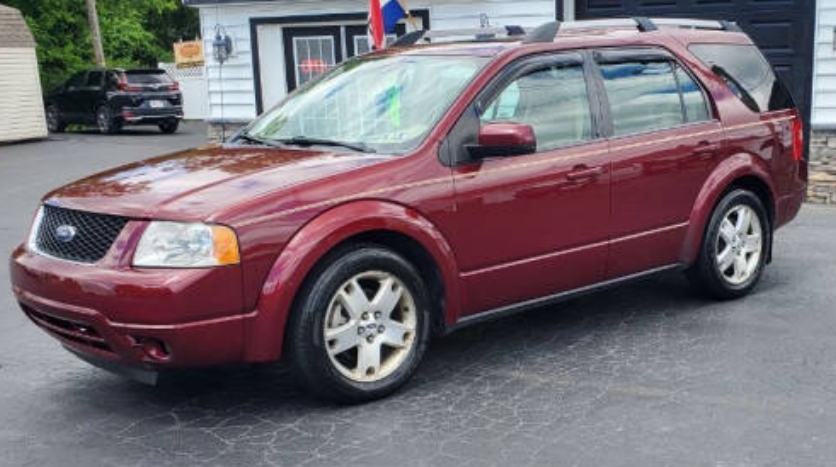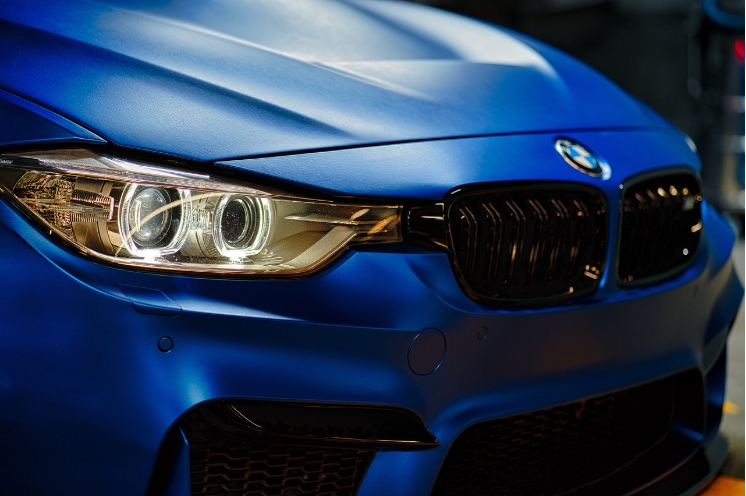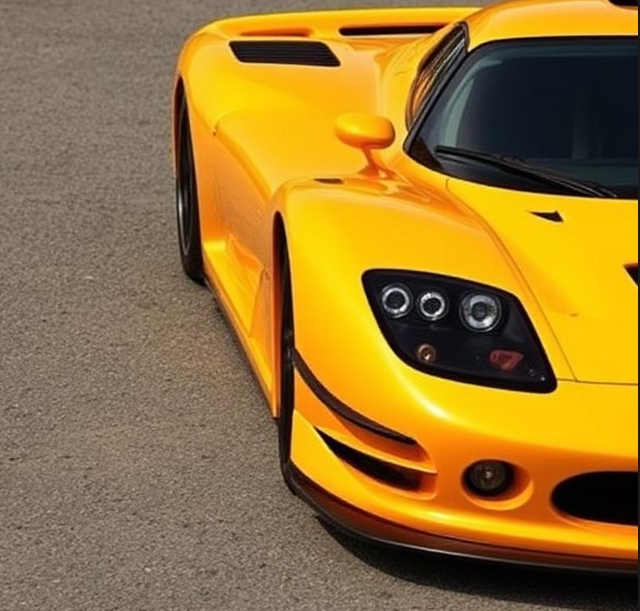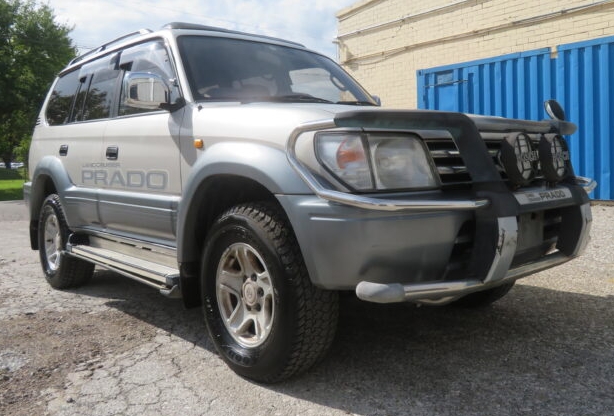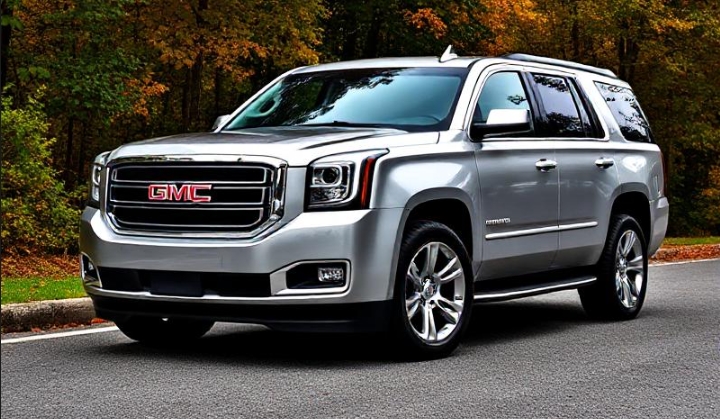The Ford Freestyle Evolution: A Bold Crossover Experiment Ahead of Its Time
In the automotive landscape of the early 2000s, a seismic shift was underway. The reign of the traditional, truck-based SUV was being challenged by a growing consumer desire for vehicles that offered similar space and all-weather capability but without the punishing ride, cumbersome handling, and poor fuel economy. The minivan, while supremely practical, was fighting a losing battle against a persistent stigma of domesticity. Into this evolving market, Ford Motor Company launched a vehicle that was part wagon, part SUV, and part minivan—a calculated attempt to be the perfect solution for the modern family. This vehicle was the 2005 Ford Freestyle, a short-lived but influential pioneer in the burgeoning crossover segment.
The Genesis: A Recipe for Success
The Ford Freestyle wasn’t just another vehicle; it was a product of strategic global engineering. Development was heavily influenced by Volvo, which was then part of Ford’s Premier Automotive Group. The Freestyle was built on the Ford D3 platform, which was a direct derivative of the highly-regarded Volvo P2 platform. This architecture underpinned successful and safety-renowned vehicles like the Volvo S80, V70, and, most importantly, the XC90 SUV.
This shared DNA gave the Freestyle an immediate and significant advantage. It inherited Volvo’s sophisticated four-wheel independent suspension, resulting in a ride quality that was more akin to a European luxury sedan than a typical American family hauler. More critically, it incorporated Volvo’s advanced safety engineering, including a reinforced passenger safety cell constructed with ultra-high-strength boron steel. Ford marketed the Freestyle’s elevated seating position as “Command Seating,” offering drivers the high vantage point they loved in SUVs while maintaining a car-like step-in height, making ingress and egress far easier than in a hulking Explorer or Expedition.
The interior was the Freestyle’s masterstroke. It offered three rows of seating for six or seven passengers, a feature typically reserved for much larger SUVs or minivans. Its “conversation mirror” and flexible seating arrangements, where both the second and third rows could fold perfectly flat, created a cavernous and versatile cargo area. Ford had seemingly created the ideal formula: the space of a minivan, the available all-wheel-drive of an SUV, and the comfort and safety of a premium sedan.
The Launch: The 2005 Model Year
The Ford Freestyle debuted for the 2005 model year, offered in three distinct trim levels: SE, SEL, and Limited. This structure provided a clear hierarchy of features and luxury for potential buyers.
SE: The entry-level model was well-equipped for its time. Standard features included 17-inch steel wheels with covers, a six-way power driver’s seat, air conditioning, power windows and locks, a CD player, and cloth upholstery. It was the functional, budget-conscious choice for families needing maximum space and utility.
SEL: The mid-range SEL was the volume model, adding popular upgrades that most buyers desired. These included 17-inch cast-aluminum wheels, an upgraded sound system with a six-disc in-dash CD changer, automatic headlights, dual-zone automatic climate control, a leather-wrapped steering wheel with audio controls, and body-colored side mirrors and door handles for a more premium look.
Limited: The top-of-the-line Limited trim transformed the Freestyle into a near-luxury vehicle. It featured 18-inch bright aluminum wheels, leather-trimmed seats (heated in the front), a premium Audiophile sound system, power-adjustable pedals, driver’s seat memory functions, woodgrain interior accents, and an analog clock in the center stack.
Across all trims, the powertrain was identical. The Freestyle was equipped with Ford’s 3.0-liter Duratec 30 V6 engine, producing 203 horsepower and 207 lb-ft of torque. This engine was mated exclusively to a Continuously Variable Transmission (CVT), which Ford called the “Zf-Batavia CVT.” The choice of a CVT was intended to maximize fuel efficiency and provide seamless, shift-free acceleration.
Buyers had the choice of a standard front-wheel-drive (FWD) configuration or an optional, intelligent all-wheel-drive (AWD) system. The AWD system, sourced from Haldex (the same supplier for Volvo’s AWD systems), operated primarily in front-wheel drive to save fuel but could instantly send up to 100% of the power to the rear wheels upon detecting slippage. This powertrain combination, however, would become one of the vehicle’s most significant points of criticism.
Stagnation and Minor Tweaks: 2006-2007
The Freestyle entered its second and third years of production with very few substantial changes, a testament to Ford feeling they had the initial formula right, but also a sign of a model that wasn’t receiving significant follow-up investment.
2006 Model Year: The trim structure of SE, SEL, and Limited remained unchanged. The most notable update for 2006 was the availability of a DVD-based navigation system on the SEL and Limited trims. Ford also introduced a few new exterior color options and minor shuffling of package content. For instance, the reverse sensing system and heated side mirrors became more widely available. Fundamentally, however, the 2006 Freestyle was a carryover of the 2005 model, with the same 3.0L V6 engine and CVT powertrain.
2007 Model Year: The final year of the “Freestyle” nameplate saw even fewer changes. The SE, SEL, and Limited trims continued, but Ford introduced a new Chrome Package for the SEL and Limited models to add a bit of visual flair. This package typically included chrome-clad wheels and additional chrome accents on the exterior. By this point, the market’s feedback on the Freestyle was clear. It was praised for its cavernous, flexible interior, its comfortable ride, and its top-tier safety ratings.
However, it was widely criticized for feeling underpowered. The 203-horsepower V6 struggled to motivate the 4,000-plus-pound vehicle with any sense of urgency, especially when loaded with passengers and cargo. The CVT, while smooth, was also a source of complaint for its “droning” engine noise under acceleration and growing concerns about its long-term reliability.
The Metamorphosis: From Freestyle to Taurus X
In 2006, Ford brought in a new CEO, Alan Mulally, who initiated the “One Ford” plan. A key part of his strategy was to streamline the company’s product portfolio and leverage Ford’s most historic and recognizable nameplates. The names “Freestyle” and “Five Hundred” (its sedan sibling) were deemed weak and confusing to consumers. Mulally famously asked why Ford’s best-selling sedan wasn’t called the Taurus, and a decision was made to rebrand.
For the 2008 model year, the Ford Freestyle underwent a significant refresh and was renamed the Ford Taurus X. This was far more than just a name change; it was a direct response to the key criticisms that had held the Freestyle back.
The changes included:
A New Powertrain: The underpowered 3.0L V6 and the maligned CVT were gone. In their place was Ford’s new 3.5-liter Duratec 35 V6, producing a much healthier 263 horsepower and 249 lb-ft of torque—a 30% increase in power. This was paired with a new, conventional six-speed automatic transmission, providing a more familiar and responsive driving experience.
Updated Styling: The Taurus X received a new front fascia featuring Ford’s signature three-bar chrome grille, which brought its styling in line with other successful models like the Edge and Fusion. The headlights and taillights were also revised for a more modern appearance.
Refined Interior: While the excellent interior layout remained, the Taurus X benefited from higher-quality materials, improved sound deadening for a quieter cabin, and available technology like the Ford SYNC infotainment system.
The Taurus X continued the Freestyle’s trim structure, now offered in SEL, Eddie Bauer (replacing the Limited in a nod to Ford’s popular SUV trim), and Limited models. Despite addressing nearly every shortcoming of the Freestyle, the Taurus X only lasted for two model years (2008-2009). It was ultimately squeezed out of Ford’s lineup by two other successful three-row crossovers: the more stylish Ford Flex, which debuted in 2009, and the redesigned Ford Explorer, which would move to the very same D3/D4 platform for its 2011 model year, completing its transformation from a truck-based SUV to a modern crossover.
.
Many car aficionados have multiple hobbies, like boating as well as auto stuff. Those who don’t already own a boat (and even some that do), may have thought about building their own boats. It’s really not as hard as you’d think. Just take a look at these easy boat building plans!

.
Legacy of the Freestyle
The Ford Freestyle’s production run from 2005 to 2007 was brief, and it was never a runaway sales success. Yet, its legacy is far more significant than its sales figures suggest. It was a vehicle that correctly predicted the future of the American family car—a future dominated by three-row, car-based crossovers that prioritize comfort, safety, and versatility over rugged, off-road pretense.
The Freestyle’s excellent packaging, Volvo-derived safety, and sedan-like comfort set a benchmark for what a crossover could be. While its powertrain and bland styling kept it from achieving greatness, the core concept was brilliant. The vehicle that replaced it, the Taurus X, and its spiritual successors, the Flex and the modern Explorer, all owe their existence to the foundational ideas pioneered by the bold, innovative, and ultimately ahead-of-its-time Ford Freestyle.
